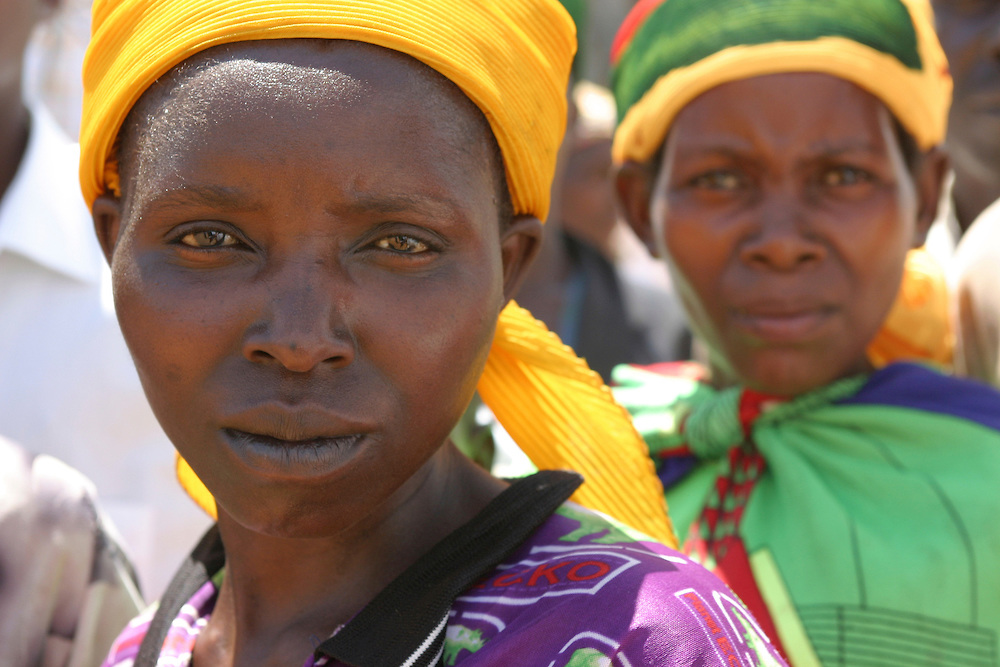Educating girls is now at the core of much development thinking and programming, but illiteracy among women and older adolescent girls outside formal education is an increasingly critical issue that risks falling between the gaps. Of the 774 million adults (15 years and older) who still cannot read or write, two–thirds of them (493 million) are women.

The significance of this within the wider development and women’s rights agenda in developing countries cannot be ignored. Literacy is a fundamental right for women. In 2010, Irina Bokova, director-general of the UN Educational, Scientific and Cultural Organisation (Unesco), said that “newly literate women have a positive ripple effect on all development indicators”. This broadens the issue significantly beyond education alone.
“On its own, literacy neither saves lives nor fills hungry mouths,” says Katy Newell-Jones of Feed the Minds. “However, we encounter women’s literacy time and time again as a valuable component in women’s empowerment. A woman who is able to keep her own business records is more likely to be able to manage her income and expenditure; and the children of a literate mother are more likely to complete their education.”
Literate women are also more able to mitigate some of the root causes of maternal and child morbidity and mortality. Further, women’s productivity in the informal sector in countries across sub-Saharan Africa and south Asia remains the cornerstone of regional economic systems and food security, making improved learning outcomes integral to reducing poverty and harnessing all aspects of a country’s economic potential.
A woman’s ability is also increasingly dependent on the written word in a technology driven world where smartphones are ubiquitous, and illiteracy limits her to only basic levels of engagement.
So where and how wide is the gap? The 2013/14 Education For All Global Monitoring report highlights that despite gains since 1998, more than 60% of adult women in Arab states, south and west Asia, and sub-Saharan Africa are still illiterate. A closer look at national data shows cause for greater concern. In Mali, women’s adult literacy by 2015 is projected to be only 29%, with women’s youth literacy at 45%.
Compounding such data is concern over underestimation of the problem. Global statistics use national surveys and censuses that ask whether respondents have been to school. But increased access to education through higher enrolment rates can underplay high dropout among children before they are literate. Even completion of basic education is no guarantee, due to the ongoing struggle for quality within education among countries that have accelerated their educational programming to meet the Education for All and millennium development goals over the past 15 years.
But for millions of girls on the cusp of youth followed by rapid adulthood, addressing challenges within formal systems will not be easy. Domestic responsibilities, new roles as wives and mothers, coupled with increasing economic productivity, makes ‘time poverty’ an even greater challenge to their learning options. Traditional views on women’s education along with issues of distance and security in reaching adult learning centres underpin the challenges.
There is a clear need therefore to approach this problem in a holistic manner, as outlined by a National Institute of Adult Continuing Education report on women’s right to literacy: “Literacy learning is particularly effective when it is linked to, integrated with or embedded in other learning. Such approaches produce stronger outcomes in both literacy and vocational education and training. Women who want to be successful traders, efficient farmers, contribute to school governance and rear healthy children must be equipped with the necessary, associated literacy skills.”
Critical to this “second chance” approach is ensuring women are involved in the co-designing, development, implementation and evaluation of their learning programmes and activities. Approaches such as Reflect that use participatory methodologies are already popular since the 1990s and are now widely used to empower women. Considerations such as learning mother-tongue and sensitivity to the power relationships women have to broker in their adult contexts are critical. When such learning is placed at the heart of the community, empowerment is also more likely to emerge.
Greater investment in women’s adult and youth literacy is urgently needed, while responsibility must be accepted across all sectors, not just in education. With skills training falling increasingly within economic and private sector development initiatives, integrated women’s rights programming must go beyond nominal gender box ticking and instead fully utilise social and women’s rights expertise to address the complex realities. Hundreds of millions of women are dependent on it.

